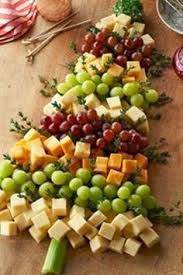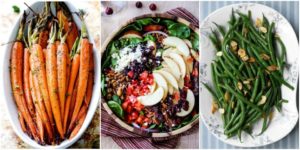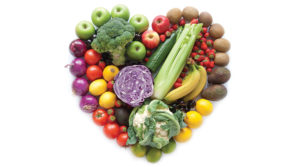This month February is Heart month and thing cardiac diet this weekend. Most people eat much more sodium (salt) than they need. This can lead to health problems like high blood pressure. To lower the amount of sodium in your diet, follow these tips when you go food shopping:
- Choose fresh instead of processed foods when you can.
- Use the Nutrition Facts label to check the amount of sodium. Look for foods with 5% Daily Value (DV) or less. A sodium content of 20% DV or more is high.
- Look for foods labeled “low sodium,” “reduced sodium,” or “no salt added.”
Take the list below with you the next time you go food shopping.
Vegetables and Fruits
Get plenty of vegetables and fruits.
- Any fresh fruits, like apples, oranges, or bananas
- Any fresh vegetables, like spinach, carrots, or broccoli
- Frozen vegetables without added sauce
- Canned vegetables that are low in sodium or have no salt added
- Low sodium vegetable juice
- Frozen or dried fruit (unsweetened)
- Canned fruit (packed in water or 100% juice, not syrup)
Breads, Cereals, and Grains
Compare labels to find products with less sodium. When you cook rice or pasta, don’t add salt.
- Rice or pasta
- Unsweetened oatmeal
- Unsalted popcorn
Tip: If your food comes with a seasoning packet, use only part of the packet. This will lower the amount of sodium in the food.
Meats, Nuts, and Beans
Choose fresh meats when possible. Some fresh meat has added sodium, so always check the label.
- Fish or shellfish
- Chicken or turkey breast without skin
- Lean cuts of beef or pork
- Unsalted nuts and seeds
- Dried peas and beans
- Canned beans labeled “no salt added” or “low sodium”
- Eggs
Dairy Products
Choose fat-free or low-fat milk and yogurt. Be sure to check the label on cheese, which can be high in sodium. Milk and yogurt are also good sources of potassium, which can help lower blood pressure.
- Fat-free or low-fat (1%) milk
- Fat-free or low-fat yogurt
- Low- or reduced-sodium cheese (like natural Swiss cheese)
- Soymilk with added calcium
Dressings, Oils, and Condiments
When you cook, use ingredients that are low in sodium or have no sodium at all.
- Unsalted margarine and spreads (soft, tub, or liquid) with no trans fats
- Vegetable oils (canola, olive, peanut, or sesame)
- Sodium-free, light mayonnaise and salad dressing
- Low-sodium or “no salt added” ketchup
- Vinegar
Seasonings
Try these seasonings instead of salt to flavor your food.
- Herbs, spices, or salt-free seasoning blends
- Chopped vegetables, like garlic, onions, and peppers
- Lemons and limes
- Ginger


